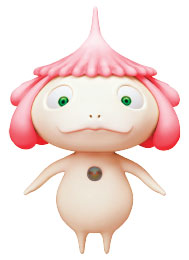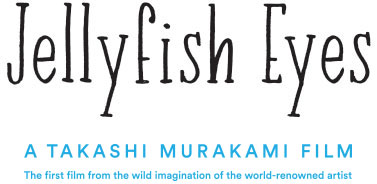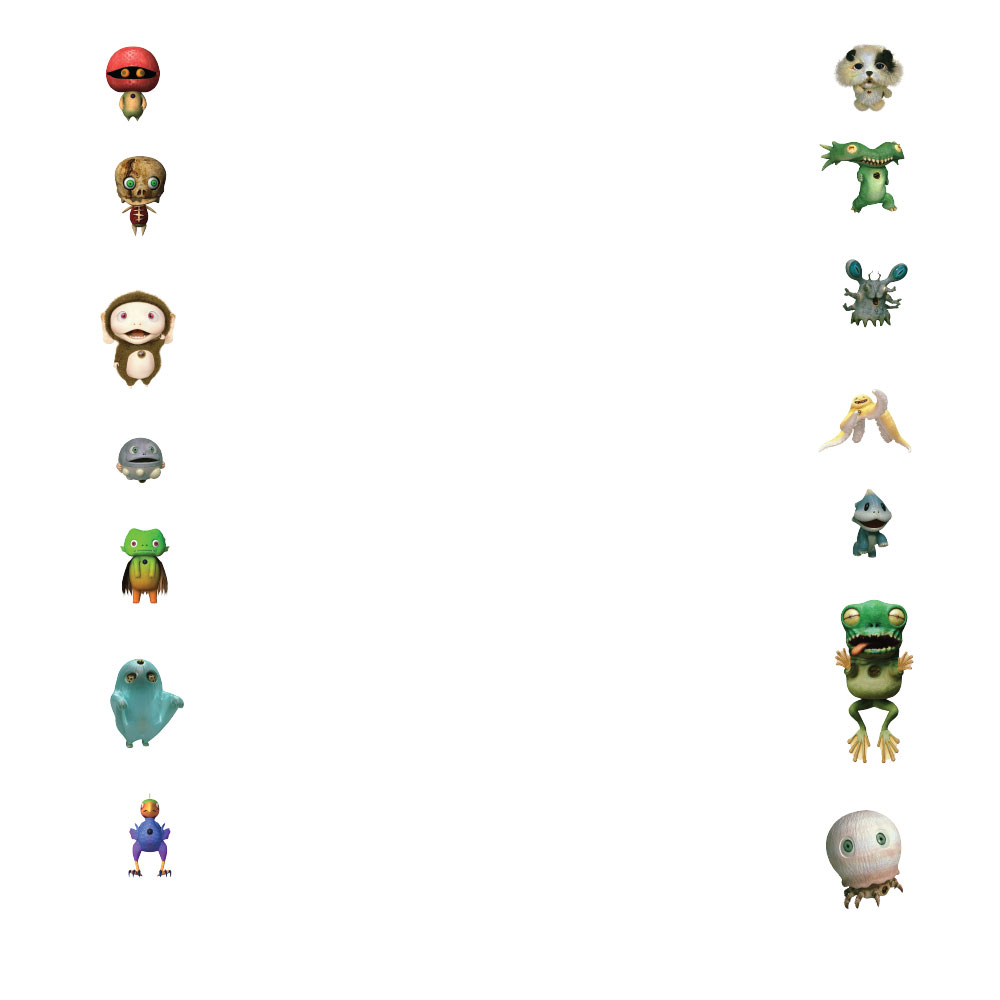

Director’s Statement
In the summer of my eighteenth year, I was enthralled with animated movies and decided that I would begin training for a career making pictures. I was particularly moved by the Japanese animated film Galaxy Express 999. It took two years of prep study, but eventually I was able to gain entrance to an art university and immediately joined the animation production club, where the otaku upperclassmen taught me much about the appreciation of cinema. I remember one New Year’s morning when we lined up first thing at a theater to see Sylvester Stallone’s Rambo four times through. Each viewing, the upperclassmen would whisper among themselves about the shell casings of the guns and the mechanics of each explosion. I felt that I too needed to gain the ability to talk about these things. The influence of Star Wars was still very strong, so I spent a lot of time putting together spaceship composites, obsessing over the Rick Baker-designed makeup effects in An American Werewolf in London, and making my own 8 mm film imitating such effects. In the end, however, my own films were terribly uninteresting, and after a hard return back to Earth, my life took several twists and turns, until I ended up the contemporary artist I am today.
In recent years, with the threshold for filming and CG effects now lower and more accessible, I have found myself wanting to return to the meaningless films of that era and have felt the flicker of desire to experiment with movies rekindle. And after completing my first film, I found that I didn’t feel the same sort of despair I felt in university. Instead, I’ve managed to create something that I find interesting and that leaves me with a grin. Encouraged by that feeling, I decided that I could only go further; my second and third films are already in production now.
Jellyfish Eyes is something of a culmination of my childhood and childish longing for movies and the complex philosophical thoughts I have gained through my experience in the contemporary art world, tied together as a message for the children of today. I will continue making films for those young and pure-hearted boys and girls, like I was at eighteen.
DIRECTOR BIOGRAPHY
“His unique synthesis of high art and commercialism reigns supreme.” —Vogue
“The Warhol of Japan.” —The New York Times
Takashi Murakami is the originator of the Superflat theory of art, and the artist most associated with its tenets. In 1996, after completing his doctorate at Tokyo University of the Arts, he founded the Hiropon Factory, which later evolved into the production and artist management company Kaikai Kiki Co., Ltd. As president of Kaikai Kiki, he not only carries out the production and marketing of his own work but also, through the GEISAI art fair and his own gallery spaces, supports and contributes to the development of young artists.
In addition to exhibiting his paintings and sculptures in galleries and museums around the world, Murakami has eagerly pursued video work for several years, creating the animated short collections Kaikai Kiki Animation, Vols. 1 and 2; the animations Superflat Monogram and Superflat First Love, both of which resulted from a collaboration with Louis Vuitton; a series of live-action short films for his AI-themed robot-boy sculpture Inochi; and music video collaborations with Kirsten Dunst, Kanye West, and Pharrell Williams. Jellyfish Eyes is Murakami’s first feature film and combines live action with extensive CG effects. It is the first of a planned trilogy, with the second installment in production.

